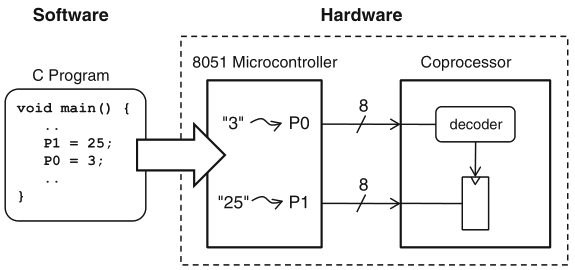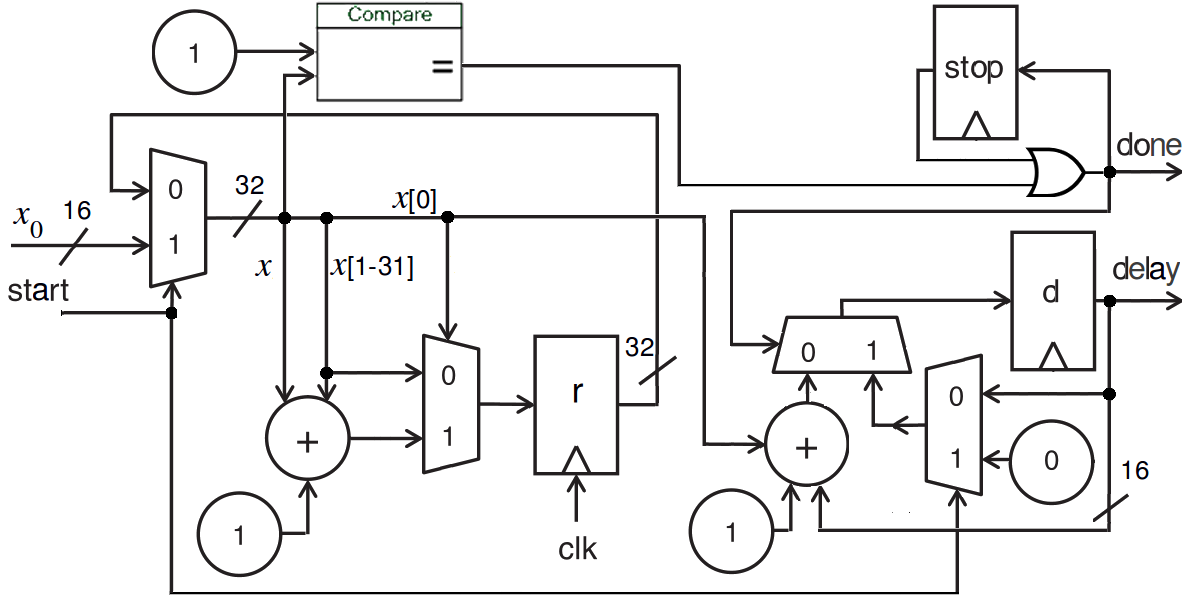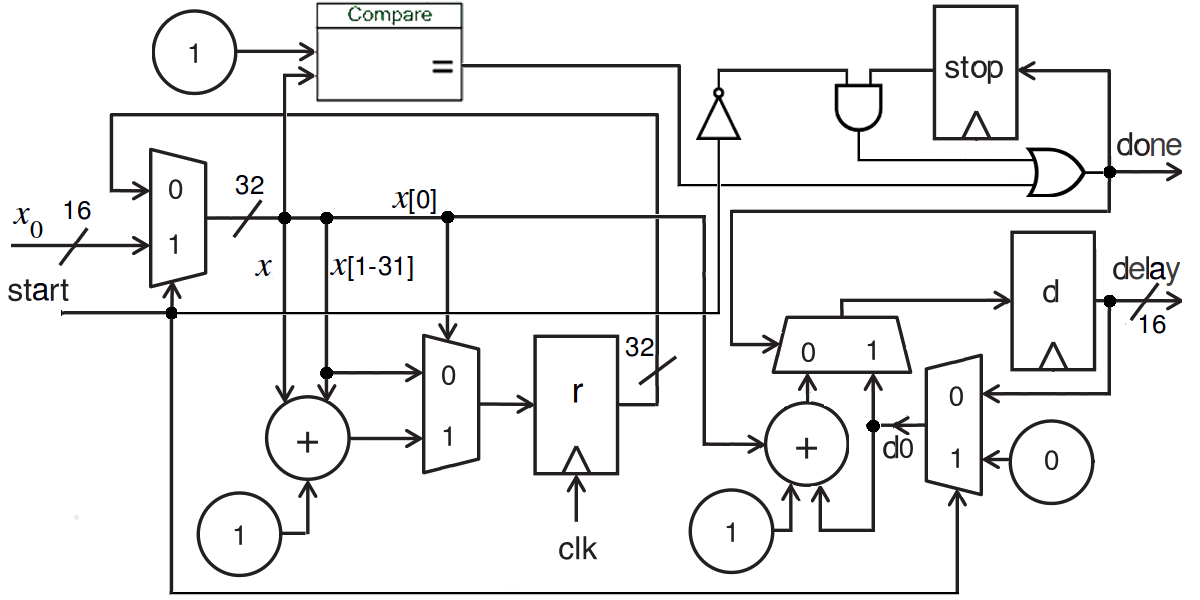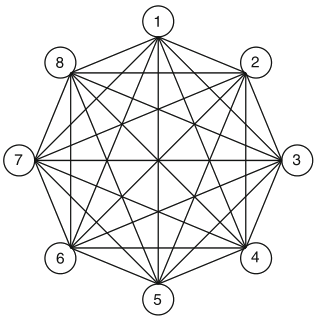DMI – Graduate Course in Computer Science
Copyleft
![]() 2018 Giuseppe Scollo
2018 Giuseppe Scollo
outline:
key professional challenge in hardware-software codesign:
hardware and software are the dual of one another in many respects
here is a comparative synopsis of their fundamental differences (Schaumont, Table 1.1)
| Hardware | Software | |
| Design Paradigm | Decomposition in space | Decomposition in time |
| Resource cost | Area (# of gates) | Time (# of instructions) |
| Flexibility | Must be designed-in | Implicit |
| Parallelism | Implicit | Must be designed-in |
| Modeling | Model ≠ implementation | Model ∼ implementation |
| Reuse | Uncommon | Common |
a simple example highlights the variety of models which come into play in hardware-software codesign:

Schaumont, Fig. 1.3 - A codesign model
the details of the formalization of this example in Gezel are omitted
the hardware datapath presented in the first lecture could hardly serve as a coprocessor to accelerate the visualization of a Collatz trajectory
however, it may be embedded in a coprocessor that is designed to accelerate the computation of functions on a Collatz trajectory
to this purpose a redefinition of the circuit interface is needed, as well as its extension with some control logic, e.g. to stop the computation and output the result upon the first '1' occurrence in the trajectory
an extension of the circuit seen in the first lecture that does not output the trajectory, rather its delay:

Hardware datapath for the delay of a Collatz trajectory
Gezel representation:
dp delay_collatz (
in start : ns(1) ;
in x0 : ns(16) ;
out done : ns(1) ; out delay : ns(16))
{
reg r : ns(32) ;
reg d : ns(16) ;
reg stop : ns(1) ;
sig x : ns(32) ;
always {
x = start ? x0 : r ;
r = x[0] ? x + (x >> 1) + 1 : x >> 1 ;
done = ( x == 1 ) | stop ;
stop = done ;
d = done ? ( start ? 0 : d ) : d + 1 + x[0] ;
delay = d ;
} }
the interface of the datapath just seen suggests an easy implementation of the coprocessor as a memory-mapped I/O device, for example equipped with:
but... is the aforementioned datapath adequate to perform the required computation for subsequent interactions with the software?
revised circuit for the delay of Collatz trajectories:

Hardware datapath for the delay of Collatz trajectories
Gezel representation:
dp delay_collatz_rev (
in start : ns(1) ;
in x0 : ns(16) ;
out done : ns(1) ; out delay : ns(16))
{
reg r : ns(32) ;
reg d : ns(16) ;
reg stop : ns(1) ;
sig x : ns(32) ;
sig d0, dd : ns(16) ;
always {
x = start ? x0 : r ;
r = x[0] ? x + (x >> 1) + 1 : x >> 1 ;
done = ( x == 1 ) | ( stop & ~start ) ;
stop = done ;
dd = 1 + x[0] ;
d0 = start ? 0 : d ;
d = done ? d0 : d0 + dd ;
delay = d ;
} }
concurrency and parallelism are not synonyms:
concurrency is a feature of the application,
parallelism is a feature of its implementation, that requires:
Amdahl's law sets at 1/s the maximum speed-up that may be achieved by parallel execution of an application that has a fraction s of sequential execution

Schaumont, Fig. 1.9 - Eight node connection machine
is it difficult to devise concurrent algorithms for parallel architectures?
for example, consider the sum of n numbers on the CM, say with n = 8, by assegning one of the summands to each processor initially
recommended readings:
for further consultation: